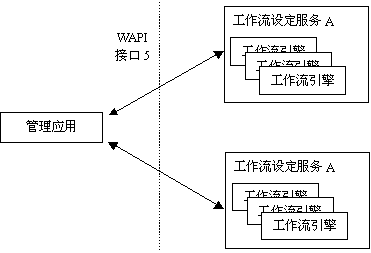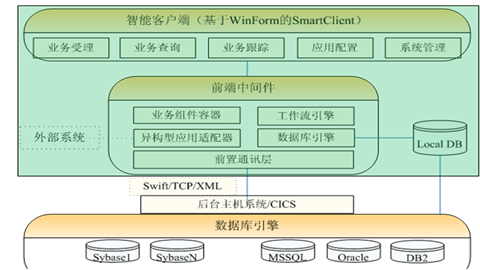GNN论文阅读笔记
- General Idea
- 1. Structure-awareness GNN
- 1.1 GEOM-GCN --- GEOMETRIC GRAPH CONVOLUTIONAL NETWORKS(ICLR 2020)
- 2. Entity Alignment(KG) + GNN
- 2.1 AliNet --- Knowledge Graph Alignment Network with Gated Multi-hop Neighborhood Aggregation
- 2.2 MuGNN --- Multi-Channel Graph Neural Network for Entity Alignment
General Idea
GNN, as one of the Message Passing Neural Networks(MPNN), generally aggregates the features from the neighborhood of nodes in each layer.
1. Structure-awareness GNN
因为GNN的aggregator通常是permutation-invariant的,比如sum、mean、max等,这导致了GNN无法区分某些non-isomorphic graph。而structure-awareness类方法,就是通过强调structure的概念,
1.1 GEOM-GCN — GEOMETRIC GRAPH CONVOLUTIONAL NETWORKS(ICLR 2020)

3 modules:
- Node Embedding:
v
→
z
v
v \to z_v
v→zv
- Implementation: Isomap \ Poincare \ Stru2vec
- Structural Neighborhood:
- N ( v ) N(v) N(v) = {neighbordhood in graph N g ( v ) N_g(v) Ng(v), neighbordhood in latent space N s ( v ) N_s(v) Ns(v), relational op τ \tau τ}
- N s ( v ) N_s(v) Ns(v): d ( z v , z u ) < ρ d(z_v,z_u)< \rho d(zv,zu)<ρ
- τ \tau τ: function,输入( z v z_v zv, z u z_u zu),输出他们的geometric relationship r,每个node在latent space中相对于target node会有一一对应的geometric relationship
- Bi-level Aggregation:
- Low-level Aggregation:
- 把neighborhood(graph/latent space)和geo relationship都相同的node通过类似GCN的计算aggregate到virtual node e
- High-level Aggregation:
- 把各个virtual node的feature concat起来
- Low-level Aggregation:
2. Entity Alignment(KG) + GNN
- https://paperswithcode.com/task/entity-alignment
- Idea: Match the same entity in different knowledge graph
- Challenge: Different KG often have different neighbor structure for the same entity

2.1 AliNet — Knowledge Graph Alignment Network with Gated Multi-hop Neighborhood Aggregation
- 由于不同KG对应entity的local structure不一样,所以导致不同KG同样的entity的representation会有差异
- 但是,就算KG不同,跟同一entity有关的东西终究就是那些,只不过有的会从1-hop neighbor变成 2-hop甚至k-hop
- 因此,AliNet在对1-hop neighbor运用GCN的基础上,对2-hop运用attention机制,如下图

2.2 MuGNN — Multi-Channel Graph Neural Network for Entity Alignment
- 不同KG有2种结构差异:
- the missing relations due to the incompleteness nature of KG
- the exclusive entities caused by different construction demands of applications or languages.

- KG Completion(把KG漏掉的link给补上)
- rule inference: 先通过AMIE+去分别mine rule
- rule transfer: 对于图G得到的rules set,如果某个rule k中的每个relation都和G’中的某个relation能够align,就把k中的每个relation都进行替换构成k’加入到G’的rules set中
- rule grounding: 根据之前得到的每个图自己的rules set,然后对每个rule,看看自己图中有哪些premise在图中,而conclusion不在的情况,就对应的把那些relation(triplets)补上
- MuGNN
- Relation weighting
- 2 adjacency matrices for each channel
- KG self-attention(看neighborhood里面哪个比较重要) -> A1
- KG cross-attention(把多余relation的weight置零) -> A2
- Multi-channel GNN encoder
- 这里channel应该理解为branch——每个branch有一层shared weight的GCN,不同branch功能不同
- 本文channel=2——A1、A2
- Align model
- 在2个图直接根据seed alignment为entity和relation分别构造pair
- 让positive pair的距离更小,negative pair的距离更大
- 每5epoch重新构造negative pair,选最难的(最相似的)
- 对triplets和rule grounds也构造类似的pair和loss
- Relation weighting



